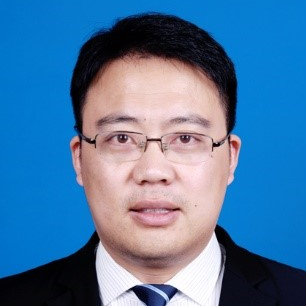Groundwater Resources Assessment: Quantity and Quality
A special issue of Water (ISSN 2073-4441). This special issue belongs to the section "Water Use and Scarcity".
Deadline for manuscript submissions: closed (31 December 2018) | Viewed by 27765
Special Issue Editors
Interests: groundwater contamination and remediation; groundwater flow and transport modelling; seawater intrusion; inverse modelling; geostatistics
Interests: seawater intrusion, aquifer storage and recovery; variable-density flow; submarine groundwater discharge
Interests: groundwater flow and solute transport modelling; land subsidence; seawater intrusion; water resources evaluation and management
Special Issue Information
Dear Colleagues,
Groundwater is a vital resource, providing water supplies for public potable water, agriculture, and industry. In the face of growing water demand and deteriorating water quality, scientists, engineers, and policy makers must take urgent action to understand the interactive physical, chemical, and biological processes in the subsurface, and to develop and test effective techniques, tools, and strategies for sustainble management of groundwater resources, particularly in developing countries where groundwater quantity and quality sacrifice for economic development. To this end, this Special Issue invites the submission of research articles, reviews, case studies, technical notes and policy and perspective discussion papers in all important areas related to groundwater resources, which include but are not limited to:
- Sustainable goundwater resources management
- Modeling of groundwater flow and transport
- Groundwater contaminantion and remediation
- Groundwater monitoring and characterization
Dr. Jian Luo
Prof. Jichun Wu
Prof. Chunhui Lu
Guest Editor
Manuscript Submission Information
Manuscripts should be submitted online at www.mdpi.com by registering and logging in to this website. Once you are registered, click here to go to the submission form. Manuscripts can be submitted until the deadline. All submissions that pass pre-check are peer-reviewed. Accepted papers will be published continuously in the journal (as soon as accepted) and will be listed together on the special issue website. Research articles, review articles as well as short communications are invited. For planned papers, a title and short abstract (about 100 words) can be sent to the Editorial Office for announcement on this website.
Submitted manuscripts should not have been published previously, nor be under consideration for publication elsewhere (except conference proceedings papers). All manuscripts are thoroughly refereed through a single-blind peer-review process. A guide for authors and other relevant information for submission of manuscripts is available on the Instructions for Authors page. Water is an international peer-reviewed open access semimonthly journal published by MDPI.
Please visit the Instructions for Authors page before submitting a manuscript. The Article Processing Charge (APC) for publication in this open access journal is 2600 CHF (Swiss Francs). Submitted papers should be well formatted and use good English. Authors may use MDPI's English editing service prior to publication or during author revisions.
Keywords
- Groundwater management
- groundwater modeling
- groundwater contamination and remediation
- groundwater monitoring
- subsurface characterization







